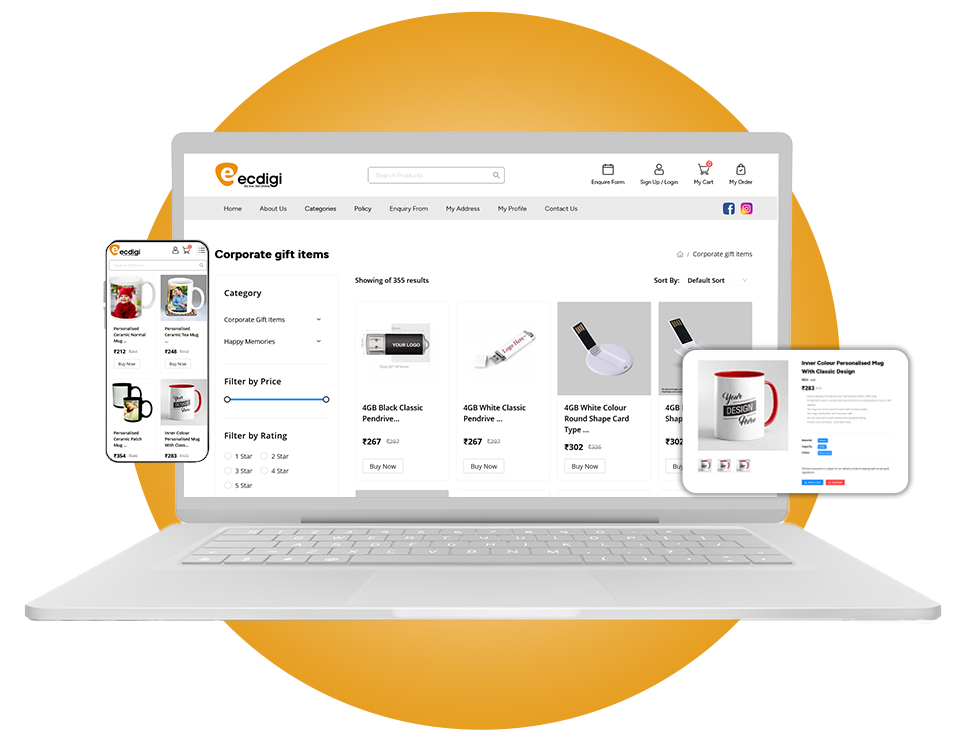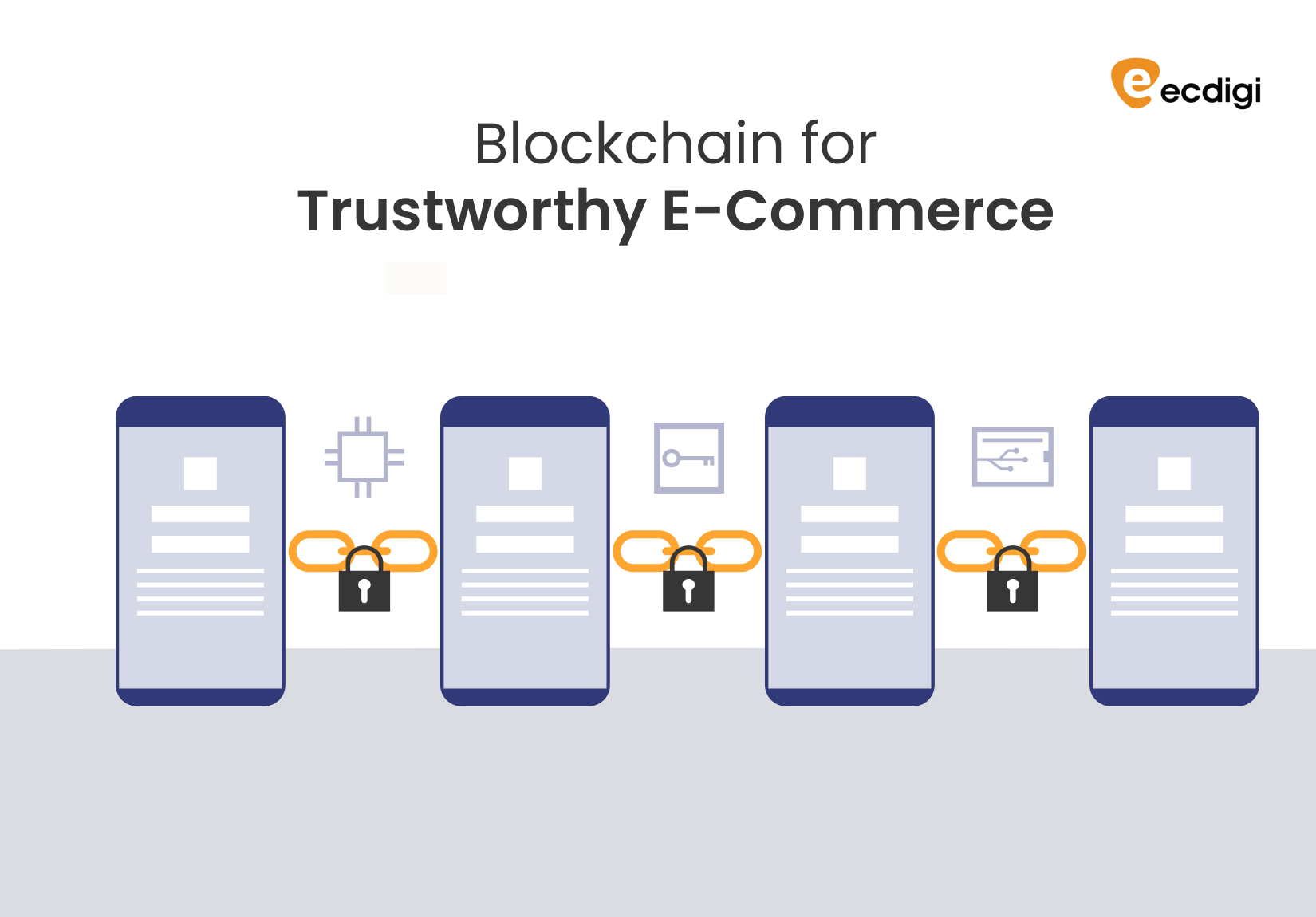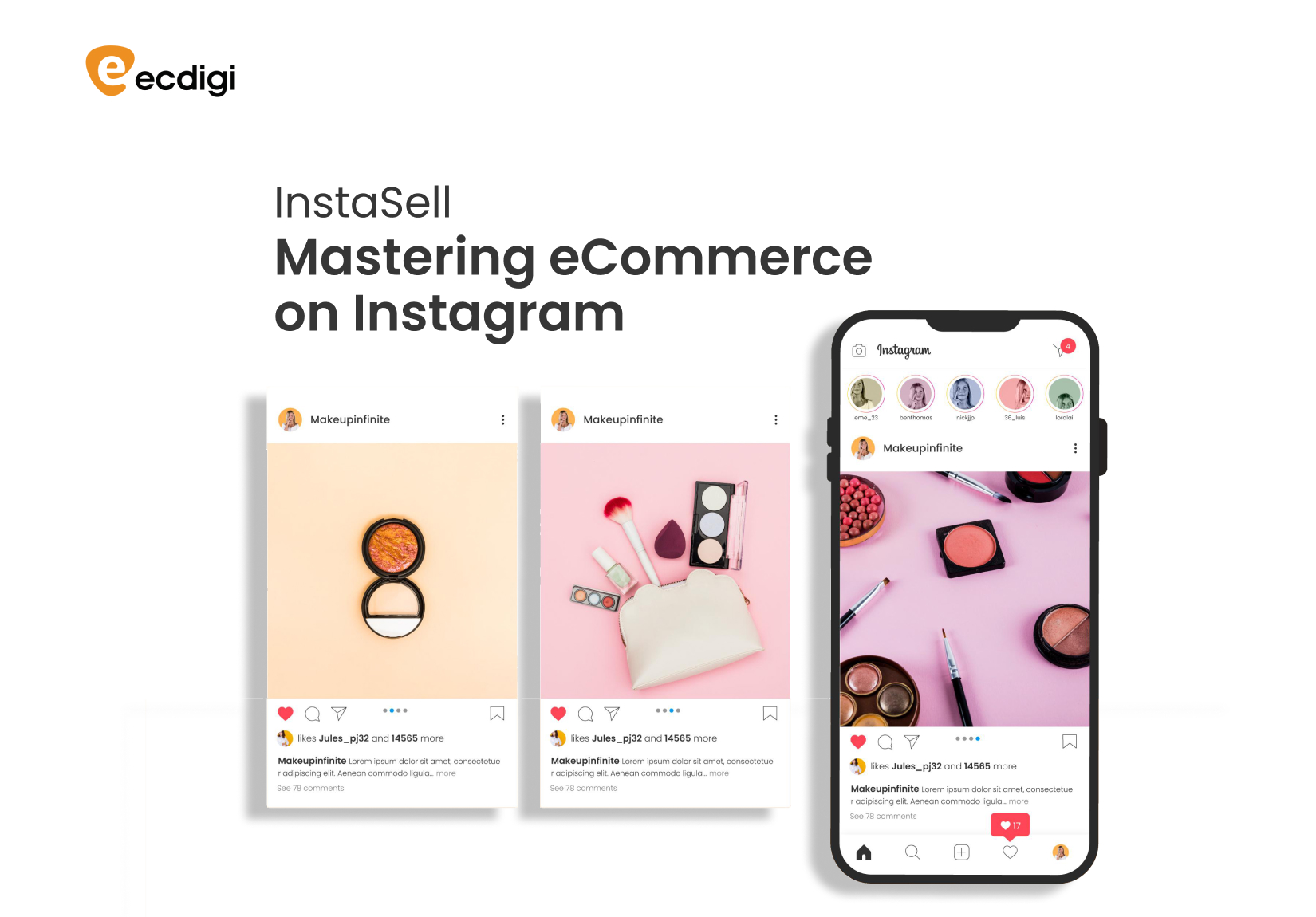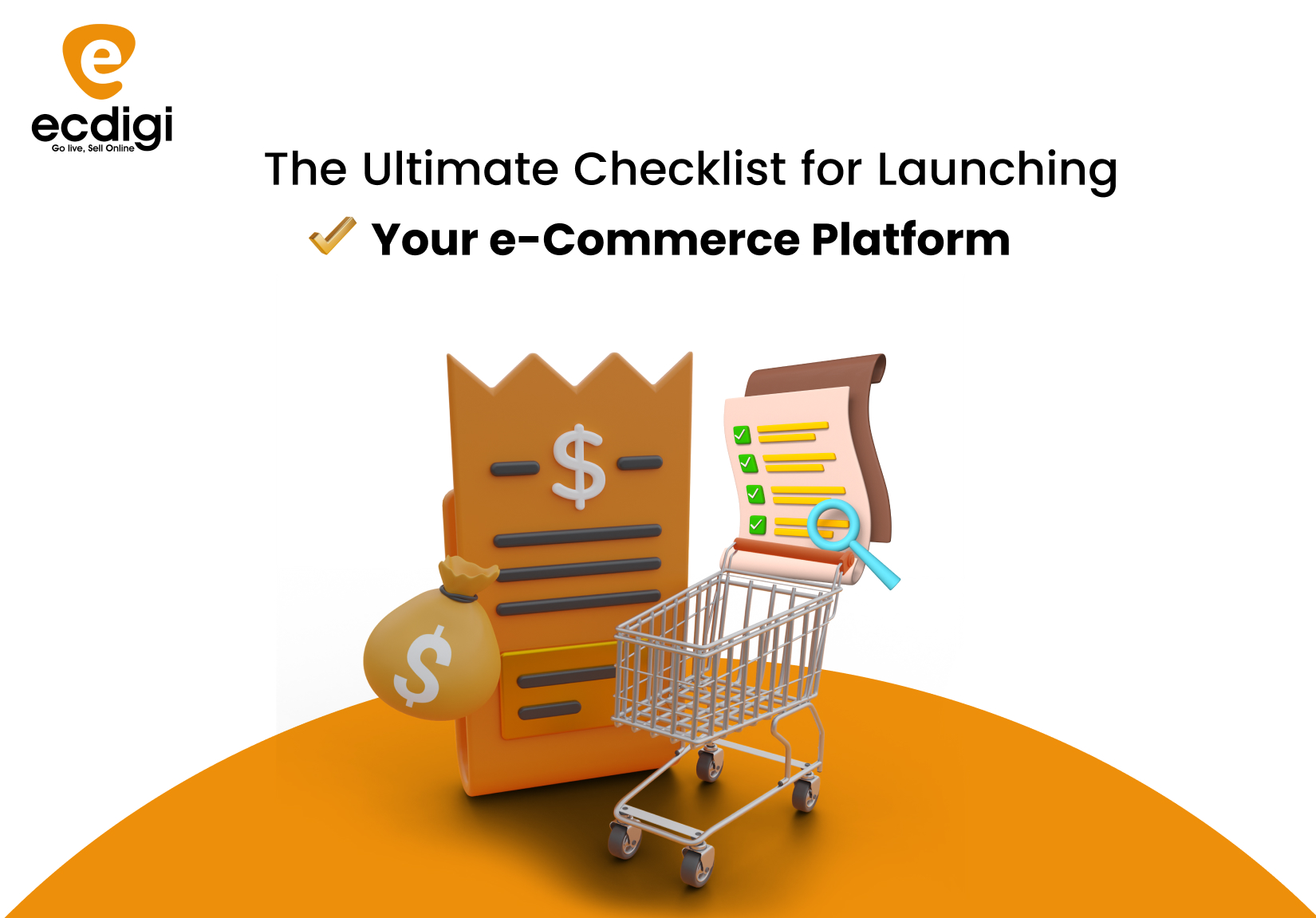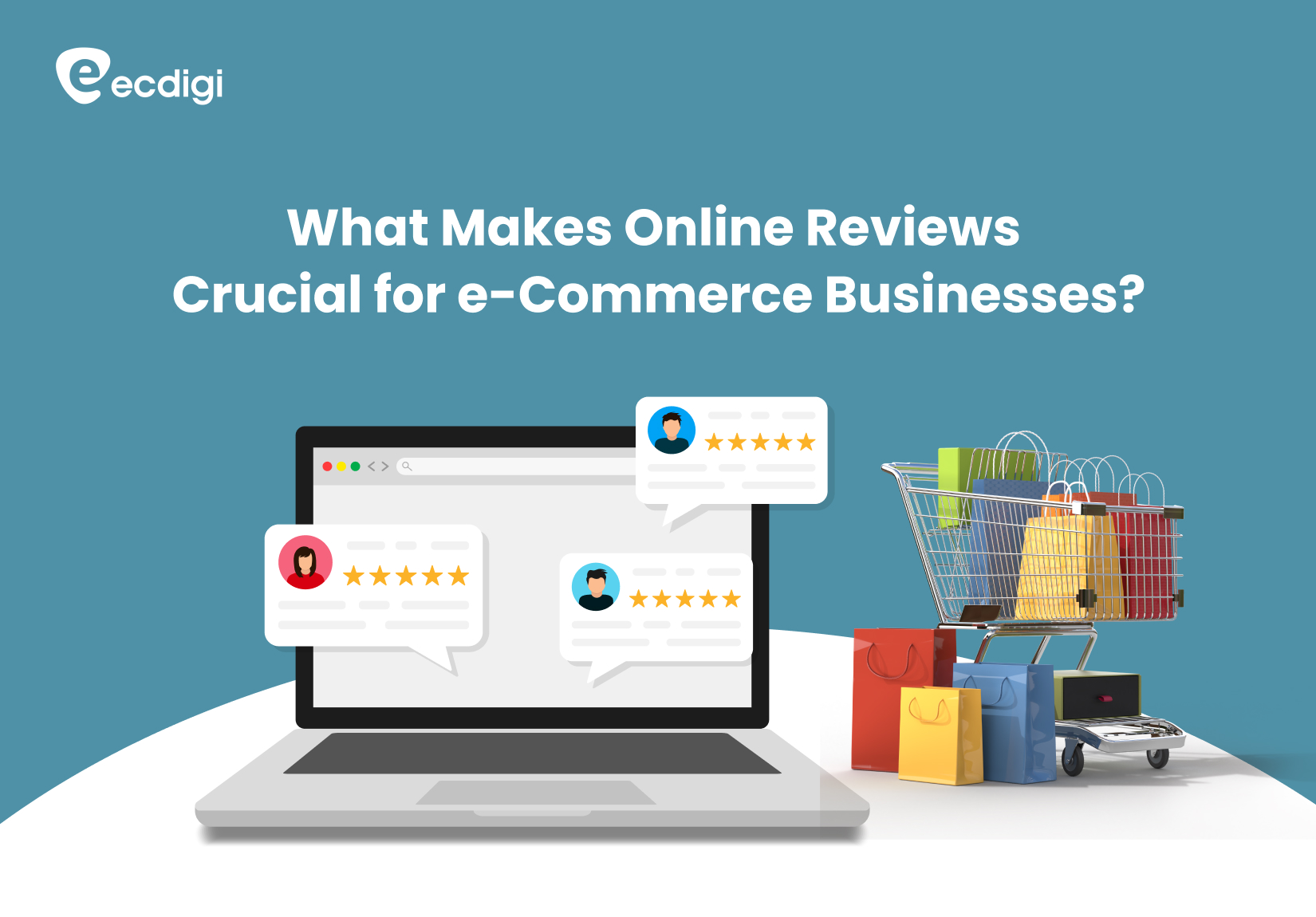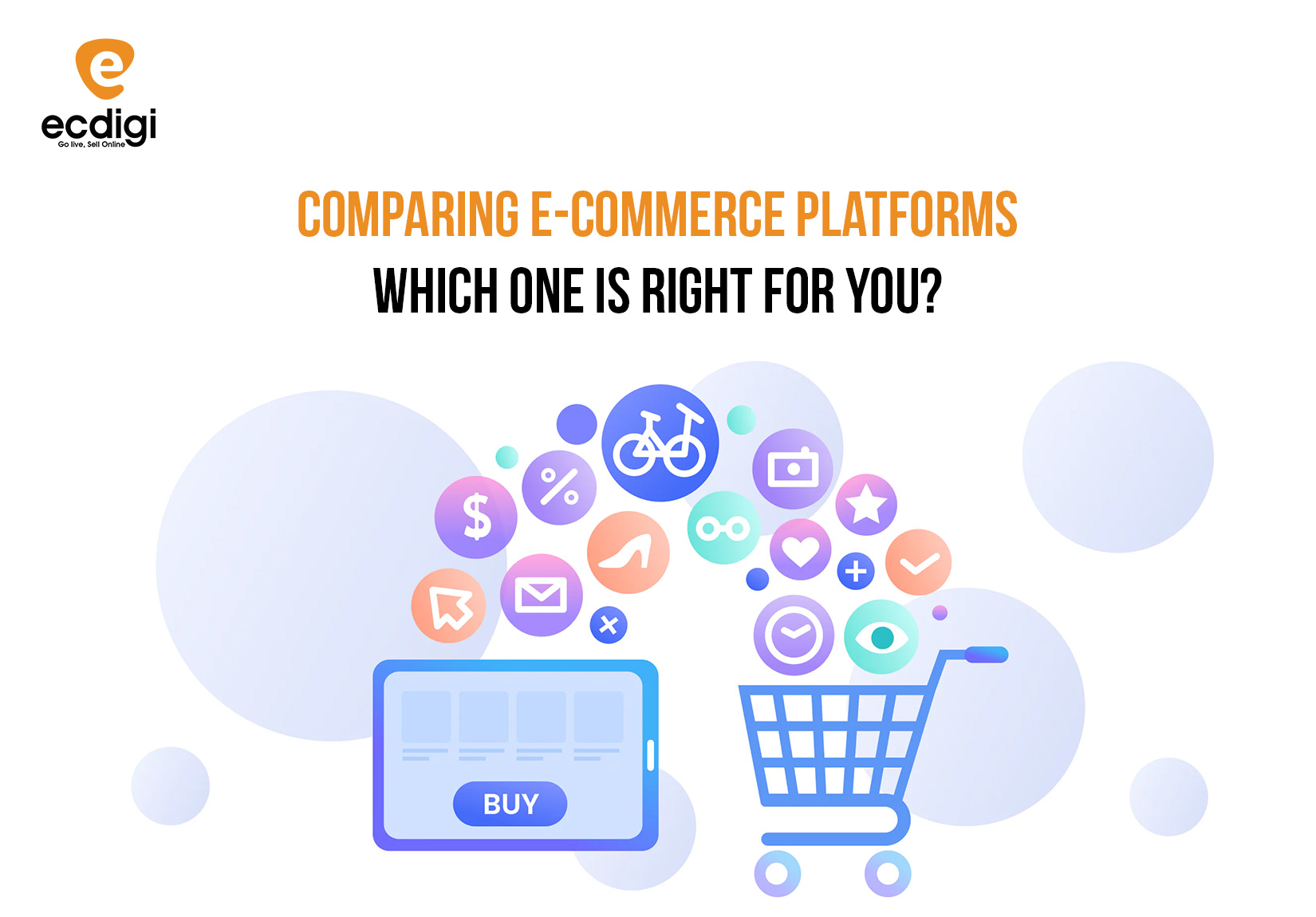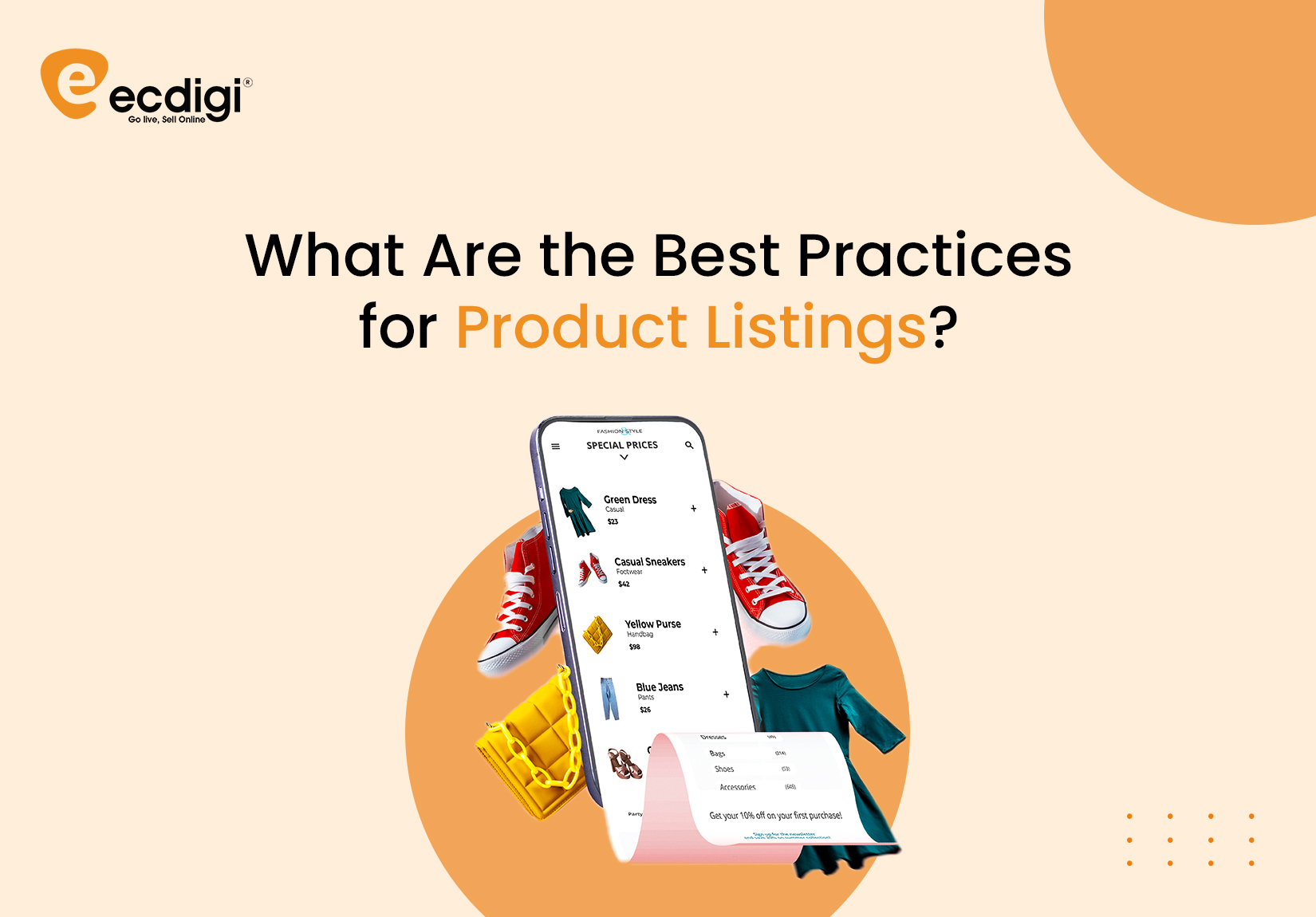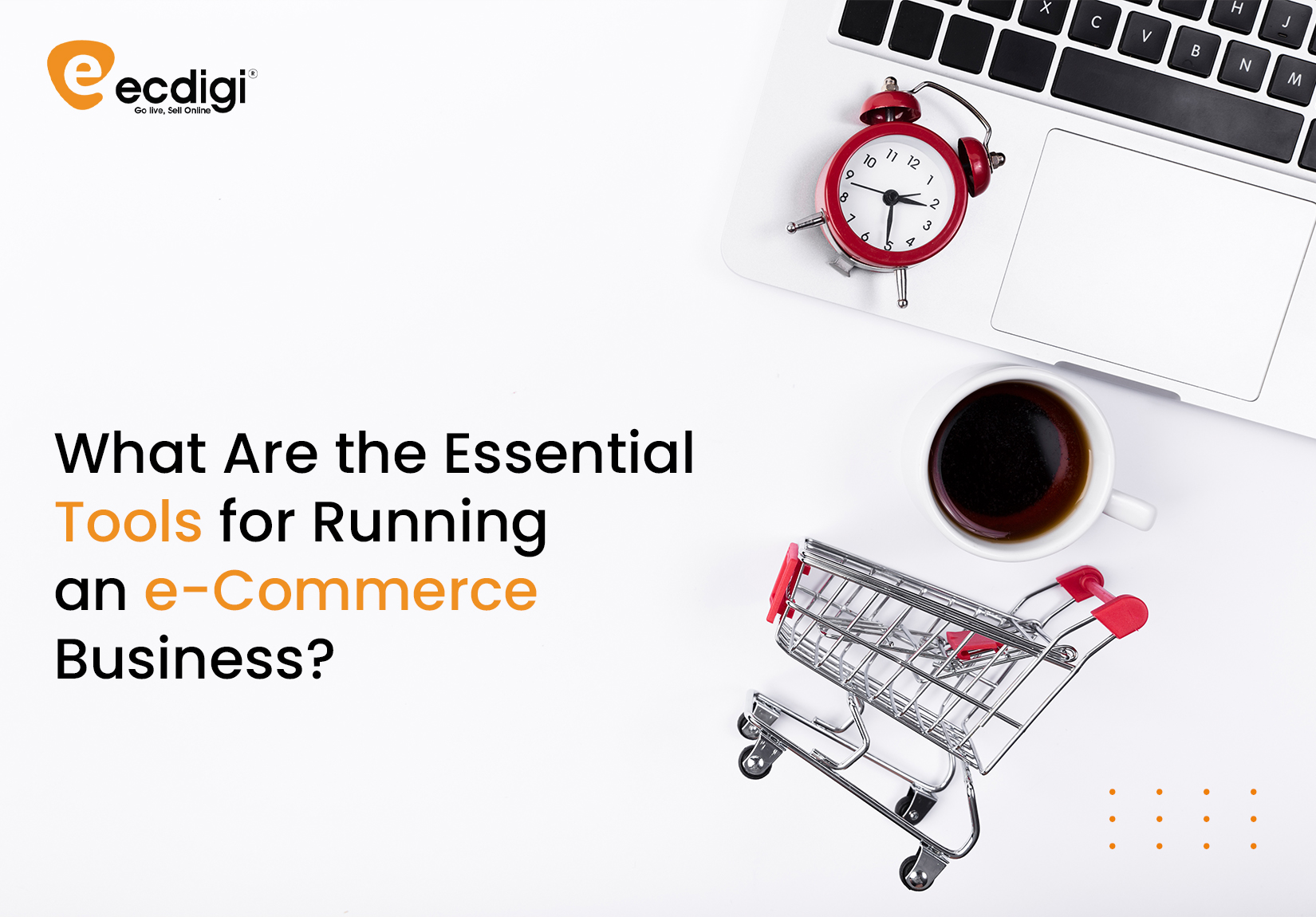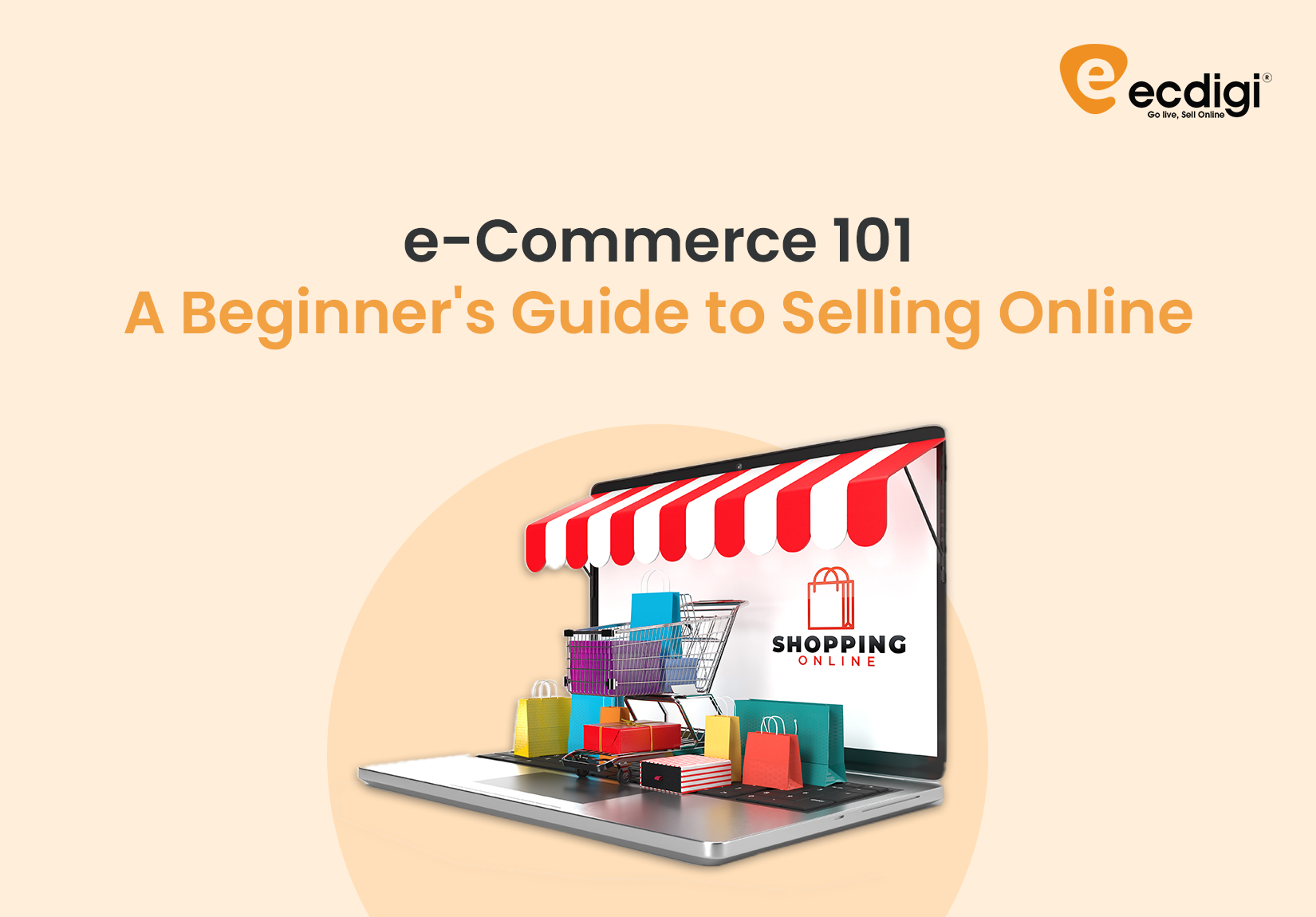How Do I Handle Shipping and Fulfillment?
e-Commerce FAQ | 05 Aug, 2024

Shipping and fulfillment are critical components of an e-Commerce business. They directly impact customer satisfaction, operational efficiency, and your bottom line. Handling shipping and fulfillment effectively can give you a competitive edge and help you build a loyal customer base. This article will guide you through the best practices for managing shipping and fulfillment, from choosing the right shipping methods to optimizing your fulfillment process and managing returns.
1. Choosing the Right Shipping Methods
Offering a variety of shipping options can cater to different customer needs and preferences. Here are some common shipping methods to consider:
a. Standard Shipping:
Standard shipping is typically the most economical option and is preferred by cost-conscious customers. Delivery times vary depending on the distance and carrier but usually range from 3 to 7 business days.
b. Expedited Shipping:
Expedited shipping options, such as 2-day or overnight delivery, cater to customers who need their orders quickly. While more expensive, this option can be a crucial differentiator for your business.
c. International Shipping:
If you plan to sell internationally, offer shipping options that cater to global customers. Consider the delivery times, customs duties, and taxes involved in shipping to different countries.
Example:
For an electronics store, offer standard shipping with delivery in 5-7 business days, expedited shipping with delivery in 2 days, and international shipping to select countries with delivery times ranging from 7-14 business days.
2. Calculating Shipping Costs
Accurate shipping costs are essential to avoid overcharging or undercharging your customers. Consider the following factors when calculating shipping costs:
a. Weight and Dimensions:
Shipping carriers often base their rates on the weight and dimensions of the package. Ensure your product listings include accurate weight and size information.
b. Destination:
Shipping costs can vary significantly depending on the destination. Domestic shipping is generally cheaper than international shipping.
c. Shipping Carrier:
Different carriers offer different rates and services. Compare shipping rates from various carriers to find the best options for your business.
Example:
Use a shipping calculator from carriers like UPS, FedEx, or USPS to determine the cost of shipping a laptop weighing 5 pounds with dimensions of 15 x 10 x 3 inches to different destinations.
3. Packaging and Labeling
Proper packaging and labeling are crucial for protecting your products during transit and ensuring accurate delivery. Follow these best practices:
a. Secure Packaging:
Use high-quality packaging materials to protect your products. This includes sturdy boxes, bubble wrap, packing peanuts, and tape. Ensure the items are securely packed to prevent damage.
b. Eco-Friendly Packaging:
Consider using eco-friendly packaging materials to reduce your environmental impact and appeal to environmentally conscious customers.
c. Accurate Labeling:
Ensure shipping labels are accurate and include all necessary information, such as the recipient's address, return address, and any special handling instructions. Use a reliable labeling system to avoid errors.
Example:
For a beauty product store, package fragile items like glass bottles in bubble wrap, use a sturdy box, and seal it with durable tape. Print and affix clear shipping labels with the recipient’s address and your return address.
4. Managing Inventory
Effective inventory management is crucial for timely order fulfillment and customer satisfaction. Here’s how to manage your inventory efficiently:
a. Inventory Management Software:
Use inventory management software to track stock levels, manage orders, and forecast demand. This helps prevent stockouts and overstocking.
b. Real-Time Updates:
Ensure your inventory levels are updated in real-time across all sales channels. This prevents overselling and helps maintain accurate stock records.
c. Reorder Points:
Set reorder points for each product to trigger automatic restocking when inventory levels fall below a certain threshold.
Example:
For a fashion store, use inventory management software like TradeGecko or SkuVault to track stock levels, manage orders, and set reorder points for popular items like dresses and accessories.
5. Fulfillment Options
Choose a fulfillment method that suits your business size, budget, and operational needs. Common fulfillment options include:
a. In-House Fulfillment:
Handling fulfillment in-house gives you complete control over the process. This option is suitable for businesses with lower order volumes or those that require special handling.
b. Third-Party Logistics (3PL):
Outsourcing fulfillment to a 3PL provider can save time and reduce operational complexity. 3PL providers handle warehousing, packing, and shipping on your behalf.
c. Dropshipping:
With dropshipping, you don’t hold inventory. Instead, when a customer places an order, the supplier ships the product directly to the customer. This option reduces upfront investment but can result in longer delivery times.
Example:
For a tech gadget store with high order volumes, consider partnering with a 3PL provider like ShipBob or Fulfillment by Amazon (FBA) to handle warehousing, packing, and shipping.
6. Handling Returns and Exchanges
A clear and customer-friendly return policy is essential for building trust and loyalty. Here’s how to manage returns and exchanges effectively:
a. Clear Return Policy:
Clearly outline your return policy on your website, including the conditions for returns, the return window, and any associated costs. Make it easy for customers to understand and follow the process.
b. Easy Return Process:
Simplify the return process by providing pre-printed return labels, clear instructions, and easy-to-access return forms. Ensure the process is hassle-free for the customer.
c. Inspect and Restock:
Inspect returned items for damage and restock them if they are in resalable condition. Update your inventory levels accordingly.
Example:
For a home decor store, offer a 30-day return policy with free returns for damaged or defective items. Provide pre-printed return labels and clear instructions on how to return items. Inspect returned items and restock them if they are in good condition.
7. Tracking and Communication
Keeping customers informed about their orders builds trust and improves the overall shopping experience. Here’s how to ensure effective tracking and communication:
a. Order Confirmation:
Send an order confirmation email immediately after a purchase, including order details and expected delivery times.
b. Shipping Notifications:
Notify customers when their order has shipped, including a tracking number and a link to track the shipment.
c. Customer Support:
Provide accessible customer support for any shipping or fulfillment-related queries. Offer multiple channels such as email, live chat, and phone support.
Example:
For a gourmet food store, send an order confirmation email with details of the items purchased and the expected delivery date. Follow up with a shipping notification email that includes the tracking number and a link to track the shipment.
Conclusion
Handling shipping and fulfillment effectively is crucial for the success of your e-Commerce business. By choosing the right shipping methods, calculating accurate shipping costs, ensuring secure packaging, managing inventory efficiently, selecting the appropriate fulfillment options, handling returns seamlessly, and maintaining clear communication with customers, you can provide a positive shopping experience that encourages repeat business. Implement these best practices to optimize your shipping and fulfillment processes and set your e-Commerce store up for long-term success.


